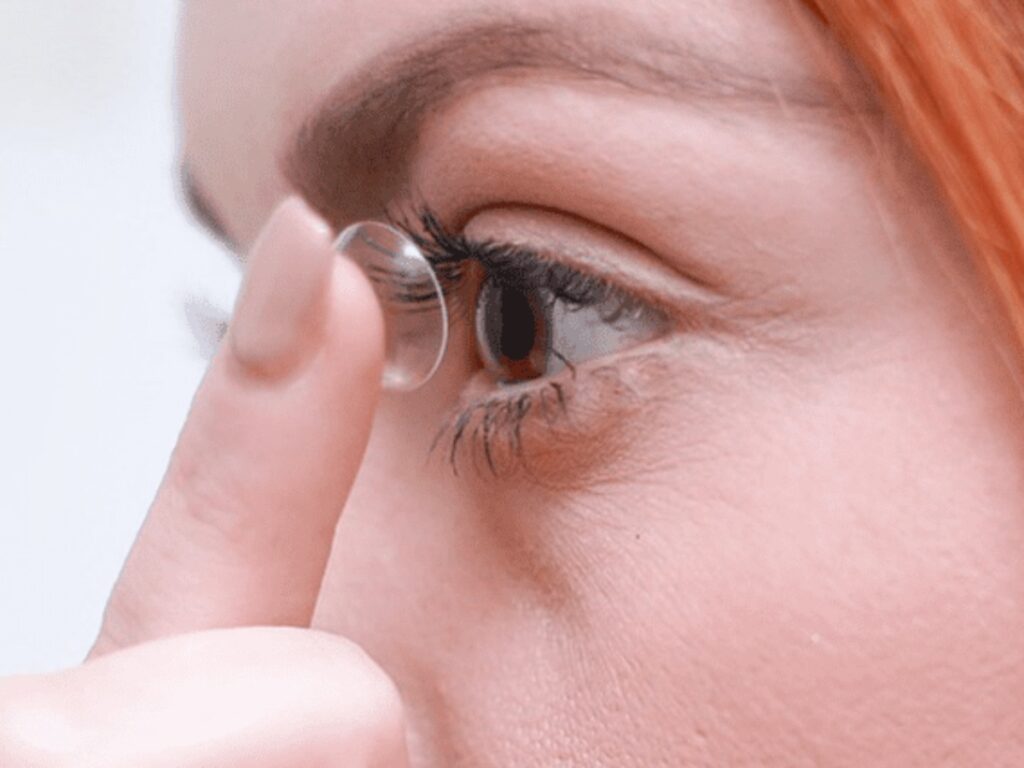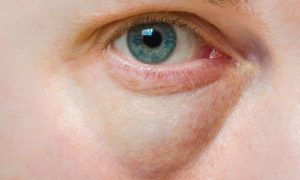Which lens is used for aphakia?

Humans are able to see the world through the small organ known as the eyes. A good eye vision is often underestimated and only appreciated when a person faces eye disorders. Many eye disorders may lead a person to find doctors to improve their vision. There are many eye problems that could cause visual disturbances. You may be familiar with short-sightedness such as myopia or astigmatism that is common in the society but less common one such as aphakia may be new to you.
Aphakia is a condition of the lens not inside the eyes. A person with aphakia is considered to have a missing lens inside the eyes on one or both sides. Aside from the lens being missing from the inside of the eyes, aphakia can be described as the result of damaged or detached lenses. Most cases of aphakia are caused by cataract surgery but it may happen from accident or trauma. Some may even get aphakia since they are young due to genetic problems or congenital defects but this is a rare occurrence.
To understand how aphakia affects a person, it is best to understand what lens is. Lens is an oval-shaped structure and the clear part of the eyes that is typically found behind the iris (the coloured part of the eyes). The lens is able to contract or relax to change shapes and its curvature. This helps to control and focus the light to properly fall onto the retina. Think of it as the camera lens. You are able to take clear images that focus on the object either far or close to the camera with the existence of the camera lens. Simply said, if a person does not have a lens inside the eyes that works properly, it may lead to visual disturbances.
It may not be easy for you to spot aphakia without the help of eye examination from an optometrist or ophthalmologist. However, there are signs that could be spotted from an aphakia. A person with aphakia often complaints of blurred vision, unable to clearly focus on objects moving closer or further from them, the colour of the objects seems faded and the iris seem jiggly or trembles (iridodonesis). It is important to spot signs of aphakia especially in children as they may aphakia that are left untreated can lead to amblyopia (lazy eye) which can cause vision loss at young age.
Aphakia is treatable in all ages. The recommended treatment is a surgery of replacing the missing or damaged lens with an intraocular lens (IOL). In some cases, special contact lenses may be preferred for babies that are too young for surgery and may be recommended for surgery when they reach 2 years old. Below is list of lenses used for treatment of aphakia:
- IOL- Artisan lens that is made with Polymethylmethacrylate (PMMA). Some IOL is made with silicone or acrylic materials.
- Contact lenses- Silicone elastomer and RGP (rigid gas permeable) contact lenses. It can be rigid or soft type.
In essence, treating aphakia may vary to one person and another. The outcome of treatment for aphakia is generally good. Although treatment does promise good results, just as with any other procedure in medicine, it does come with the possibility of risk and complications such as corneal oedema, glaucoma and retinal detachment. Have a thorough discussion with your ophthalmologist before deciding treatment and to best understand what to do before and after the treatment to maximise the outcome. It is worth noting that aphakia in children may need frequent adjustment as the size of the eye and refractive error changes rapidly. It is important to have regular eye examinations to detect eye problems early on.








